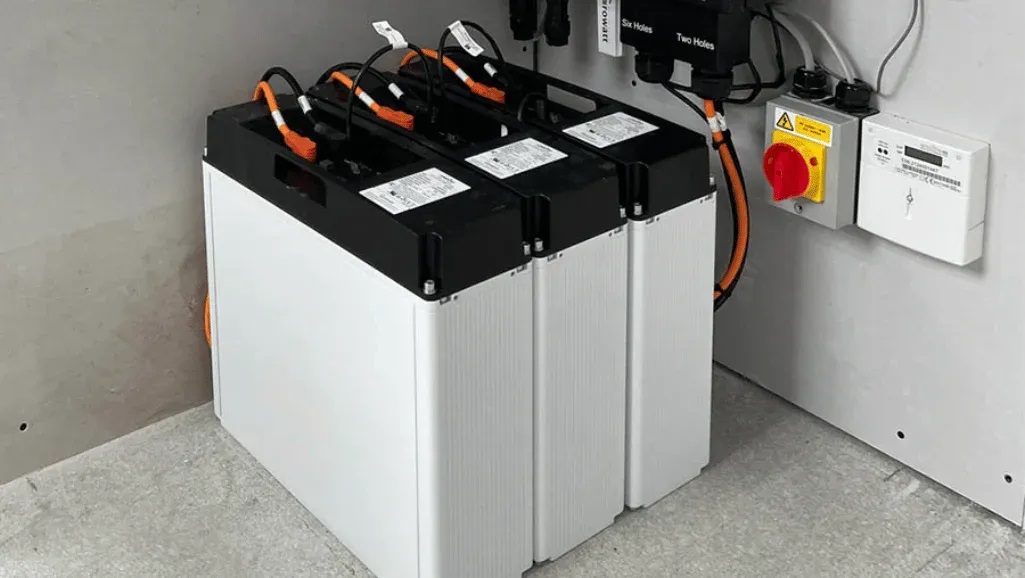As more homeowners and businesses adopt solar power, understanding energy storage becomes crucial. A key component of any off-grid or grid-tied solar system designed for backup power is the battery. Choosing the right battery type can significantly impact the efficiency, lifespan, and overall cost-effectiveness of your solar investment. This article will explore the primary battery options available: lead-acid, lithium-ion, and emerging alternatives, comparing their advantages, longevity, and suitability for various applications.
Lead-Acid Batteries: The Traditional Workhorse
Lead-acid batteries, particularly flooded and sealed (AGM or Gel) variations, have been the traditional choice for solar storage due to their affordability and established technology. Flooded lead-acid batteries are the cheapest upfront but require regular maintenance, like watering. Sealed lead-acid batteries, such as AGM, are maintenance-free but come at a slightly higher cost. Lead-acid batteries are capable of deep discharges, but frequent deep cycles can significantly shorten their lifespan. They also have a lower energy density, meaning they require more space for the same amount of storage compared to other technologies. While their low initial cost makes them appealing, their shorter lifespan, higher maintenance (for flooded types), and lower efficiency often result in a higher lifetime cost. Before adding batteries to existing solar system you need to be aware of the following matters.
Lithium-Ion Batteries: The Modern Contender
Lithium-ion batteries have emerged as the dominant force in the solar storage market. While more expensive upfront than lead-acid, their superior energy density, longer lifespan, and higher efficiency offer significant advantages. Lithium-ion batteries can withstand deeper and more frequent cycles without significant degradation. They also require little to no maintenance, making them a convenient option. Furthermore, their compact size and lighter weight make them easier to install and integrate into various spaces. Lithium-ion batteries come in various chemistries, with Lithium Iron Phosphate (LiFePO4) being a popular choice for solar due to its enhanced safety and thermal stability. Their higher initial cost is often offset by their extended lifespan, superior performance, and reduced maintenance, making them ideal for homeowners and businesses seeking a long-term, reliable energy storage solution.
Emerging Alternatives: A Glimpse into the Future
While lead-acid and lithium-ion batteries dominate the current market, ongoing research and development are bringing new battery technologies into the spotlight. Flow batteries, for instance, offer the potential for long-duration energy storage and decoupling of power and energy capacity. Solid-state batteries promise improved safety and energy density compared to traditional lithium-ion. Nickel-iron batteries, though a relatively old technology, are experiencing a resurgence due to their long lifespan and environmental friendliness.
Making the Right Choice for Your Needs
The ideal battery for your solar system depends on your specific energy needs, budget, and preferences. For smaller, budget-conscious systems with infrequent cycling, lead-acid batteries may be a viable option. However, for most homeowners and businesses seeking a reliable, long-lasting, and efficient energy storage solution, lithium-ion batteries are the preferred choice. Emerging battery technologies offer exciting possibilities for the future, but they are still relatively expensive and less readily available. Consulting with a qualified solar installer is crucial to assess your individual requirements and choose the battery technology that best aligns with your long-term energy goals.


